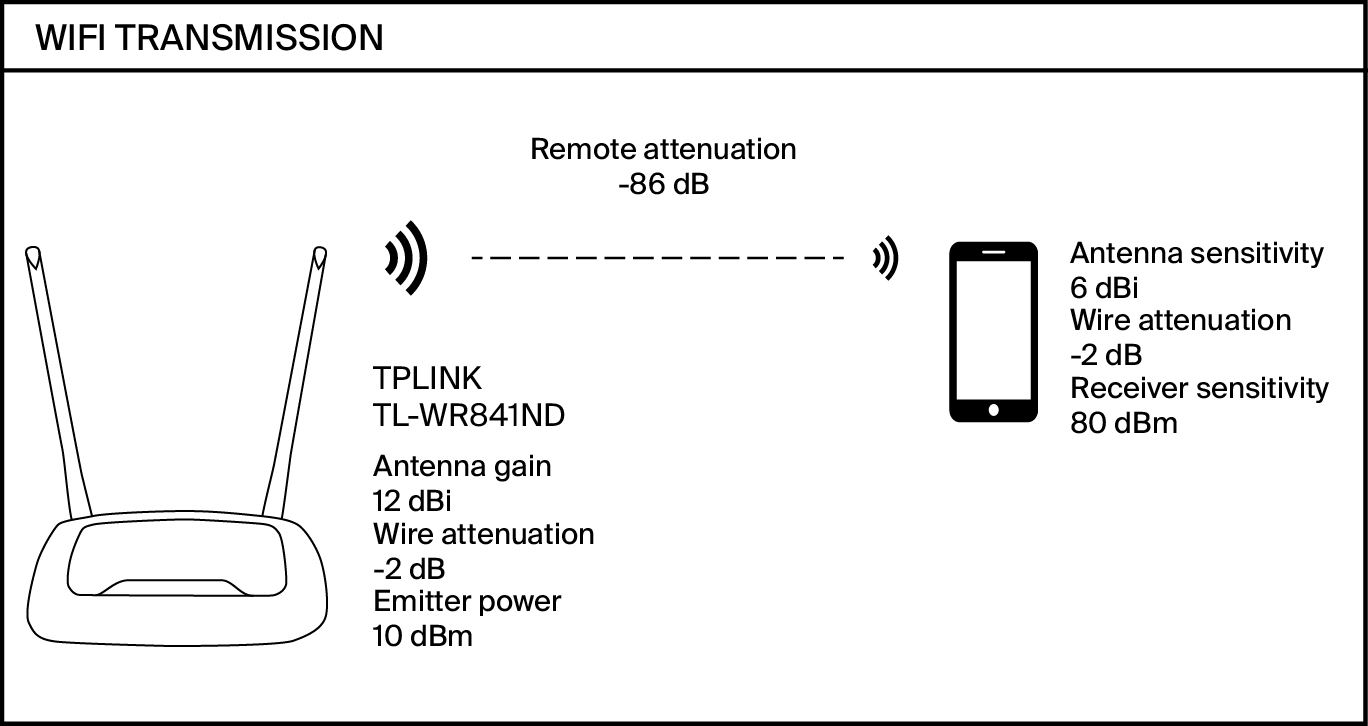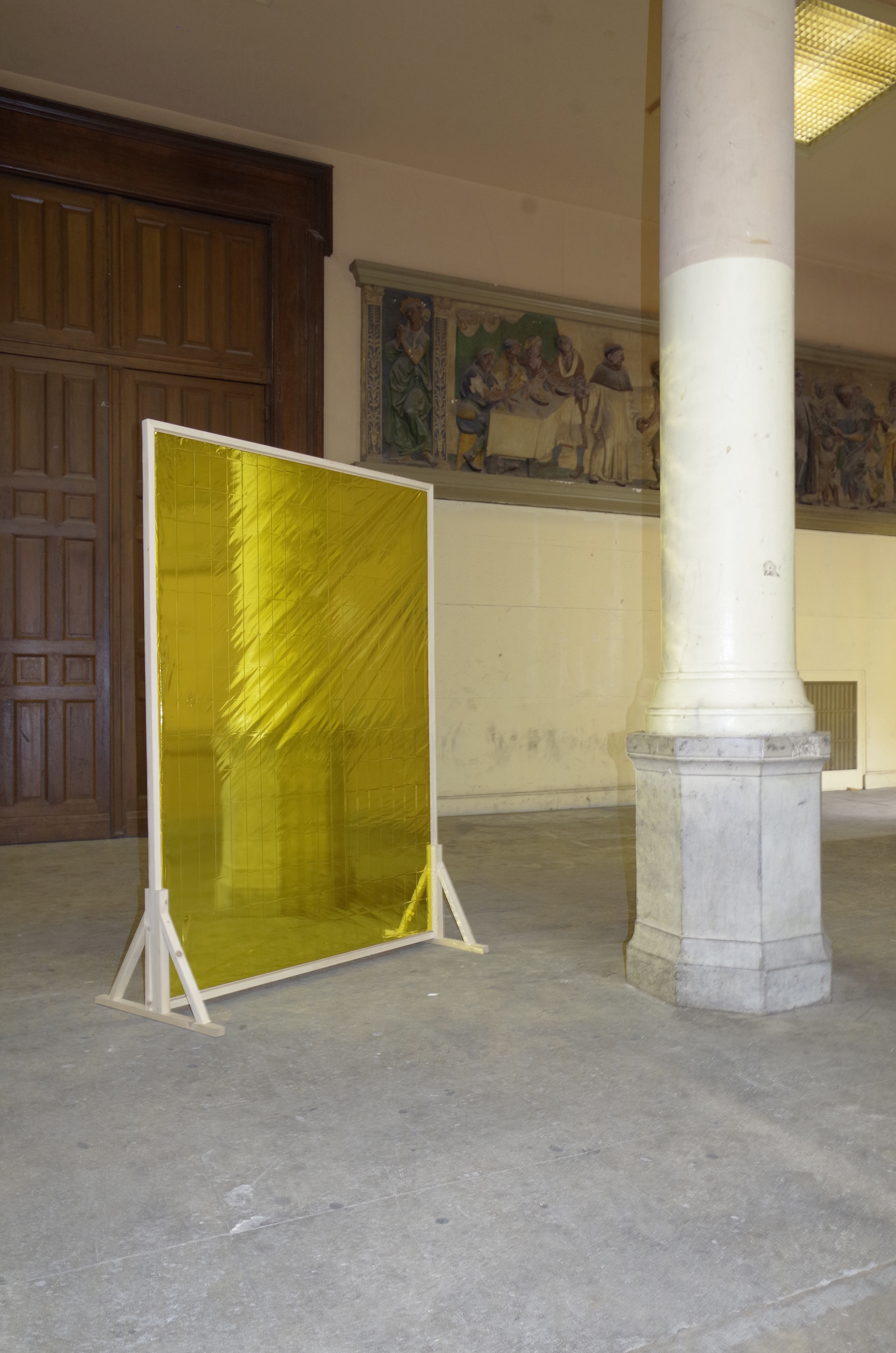privacy policy - terms and conditions
privacy and productivity on the grid
with Romain Curnier
Supervisor : Max Turnheim
ENSAPM 2017
Supervisor : Max Turnheim
ENSAPM 2017
The continuous working of global markets and infrastructures inscribe us in a permanent cycle of work and consumption, characterized by the absence of place or temporality in which it is impossible to buy, produce, or browse the network - the 24/7 concept described by Jonathan Crary.1 This annihilation foresees the homogenization of space and time : work, socialization, rest and intimacy are not happening in distinct and separated places or temporalities. Indeed, the multiplication of connected devices and communication technologies change the correlation between interior/exterior, private/public, productive/non-productive and domestic/professional. The significance of traditional architectural elements usually marking the separation between identifiable spaces is diluted in an ubiquitous and reticular network.
While new technologies do not constrain work to a precise geographic location, paradoxically it got relocated into spaces dedicated to family or friendship. The practice of teleworking, popularized with the emergence of mobile phones and laptops in the 1990s, still appears as an alternative to the hierarchical oppression and surveillance of the workplace, despite its own economic advantages - from the reduction of a company's assets to the creation of new rental markets such as coworking and coliving spaces. If these new models appear as an ideal in the mind of most workers, it is precisely because of this mental association of the home and the café as spaces detached from any productive activity. But beyond the relocation of work activities in traditionally non-productive spaces, the new information economy paradigm affirms the productive aspect of the household : value creation is not anymore dependent on an individual workforce, but on an abundance of data. Pure information, extracted from individual behaviors and lifestyles, when analyzed and monetized, has become as valuable as physical or mental labor.
In this context, the network, as the imperceptible support of information exchange, can be considered as a additional layer bending the traditional physical separation of spaces. Metallized PET film (used for the manufacturing of space blankets), when positioned in a closed space, can influence network connection by creating high- and low-bandwidth zones. Such an experimentation is not be considered as a demonstration of the technical capabilities of the tested materials, but more as the unveiling of the political and spatial implications of the network - may that be to create non-productive spaces reproducing the privacy of the traditional home, to protect individuals from surveillance systems, or to standardize the network bandwidth on an urban scale.
1. Jonathan Crary, 24/7 : Late Capitalism and the Ends of Sleep. (London / NY: Verso, 2013).
While new technologies do not constrain work to a precise geographic location, paradoxically it got relocated into spaces dedicated to family or friendship. The practice of teleworking, popularized with the emergence of mobile phones and laptops in the 1990s, still appears as an alternative to the hierarchical oppression and surveillance of the workplace, despite its own economic advantages - from the reduction of a company's assets to the creation of new rental markets such as coworking and coliving spaces. If these new models appear as an ideal in the mind of most workers, it is precisely because of this mental association of the home and the café as spaces detached from any productive activity. But beyond the relocation of work activities in traditionally non-productive spaces, the new information economy paradigm affirms the productive aspect of the household : value creation is not anymore dependent on an individual workforce, but on an abundance of data. Pure information, extracted from individual behaviors and lifestyles, when analyzed and monetized, has become as valuable as physical or mental labor.
In this context, the network, as the imperceptible support of information exchange, can be considered as a additional layer bending the traditional physical separation of spaces. Metallized PET film (used for the manufacturing of space blankets), when positioned in a closed space, can influence network connection by creating high- and low-bandwidth zones. Such an experimentation is not be considered as a demonstration of the technical capabilities of the tested materials, but more as the unveiling of the political and spatial implications of the network - may that be to create non-productive spaces reproducing the privacy of the traditional home, to protect individuals from surveillance systems, or to standardize the network bandwidth on an urban scale.
1. Jonathan Crary, 24/7 : Late Capitalism and the Ends of Sleep. (London / NY: Verso, 2013).




























